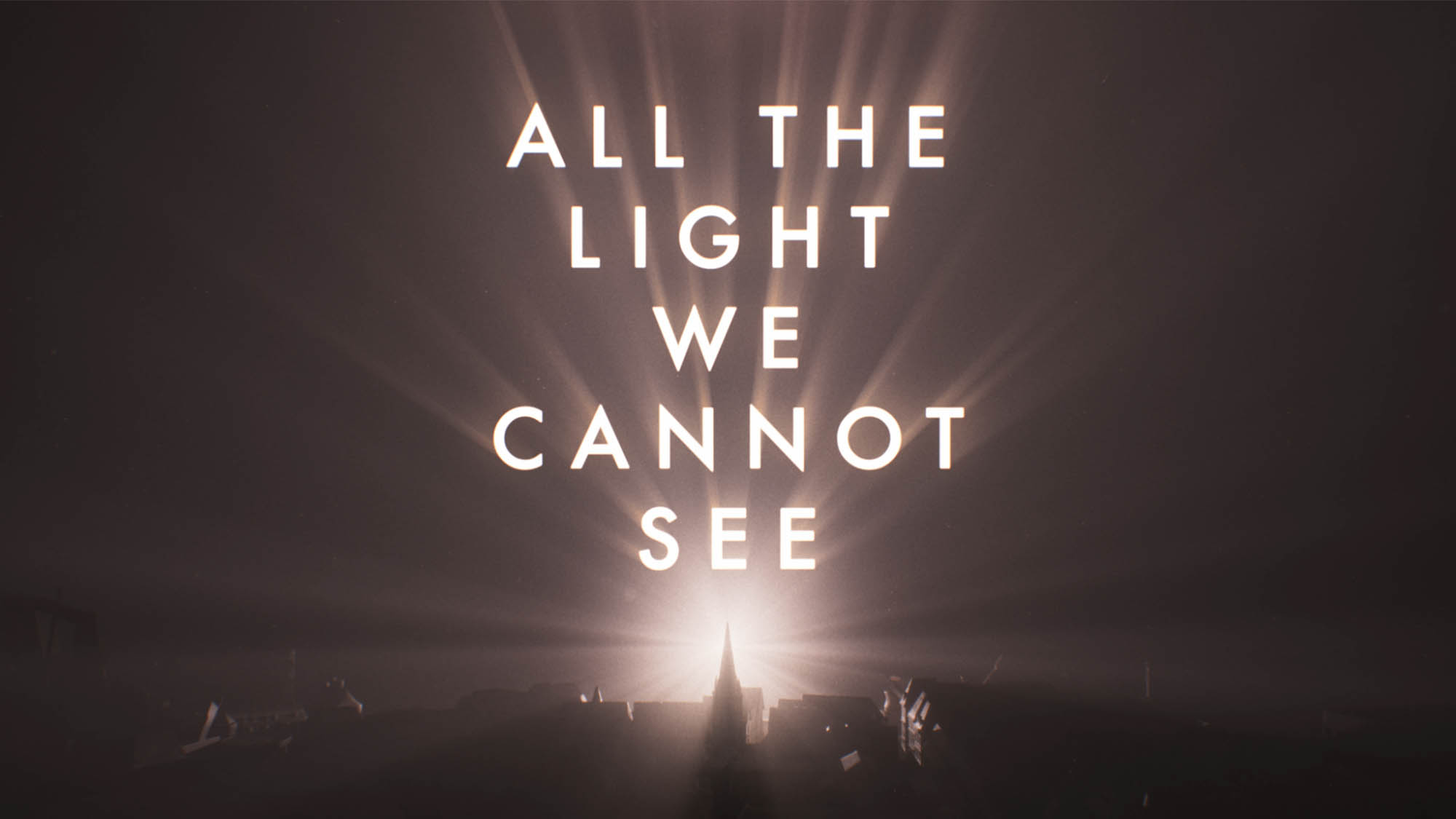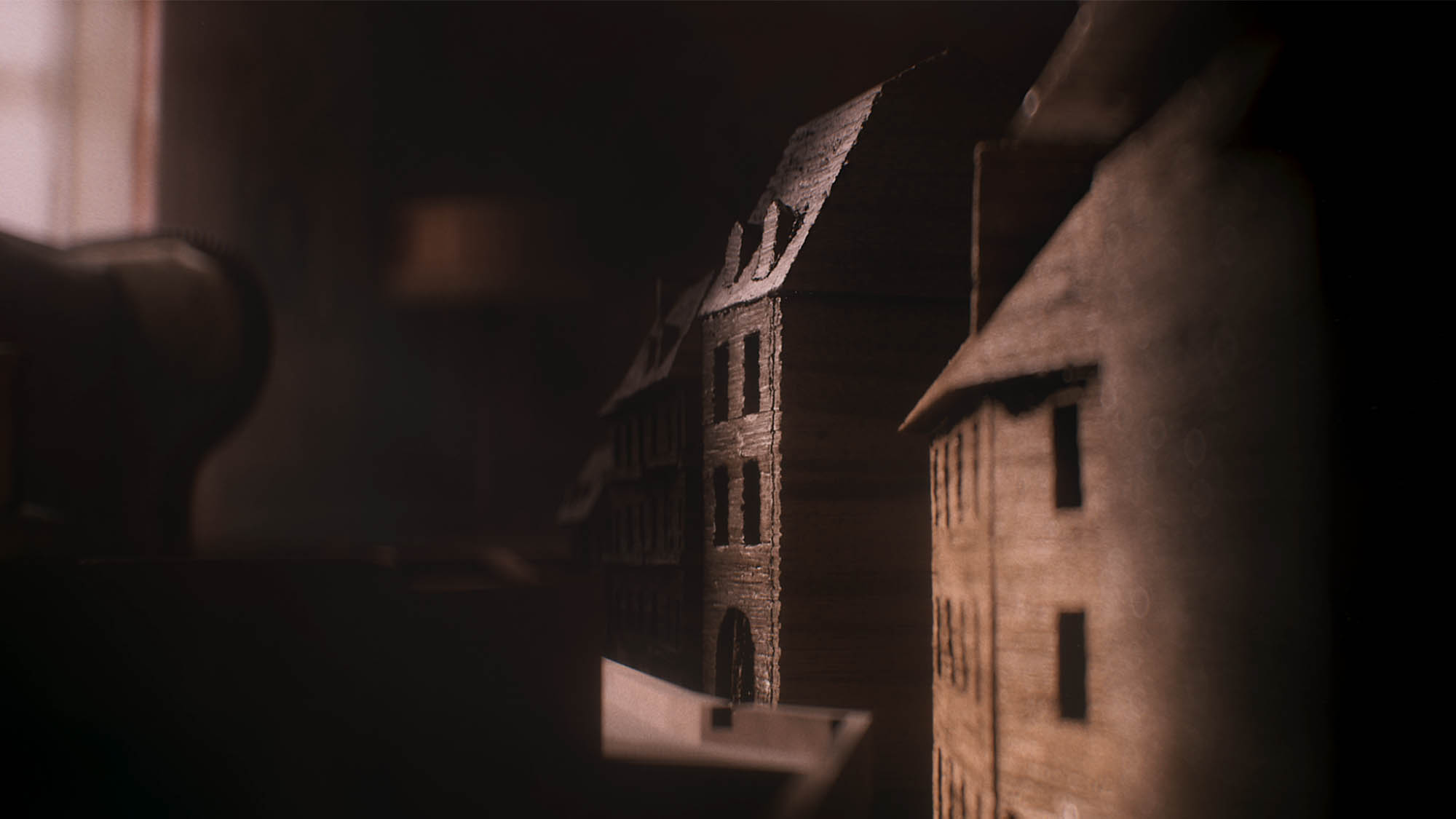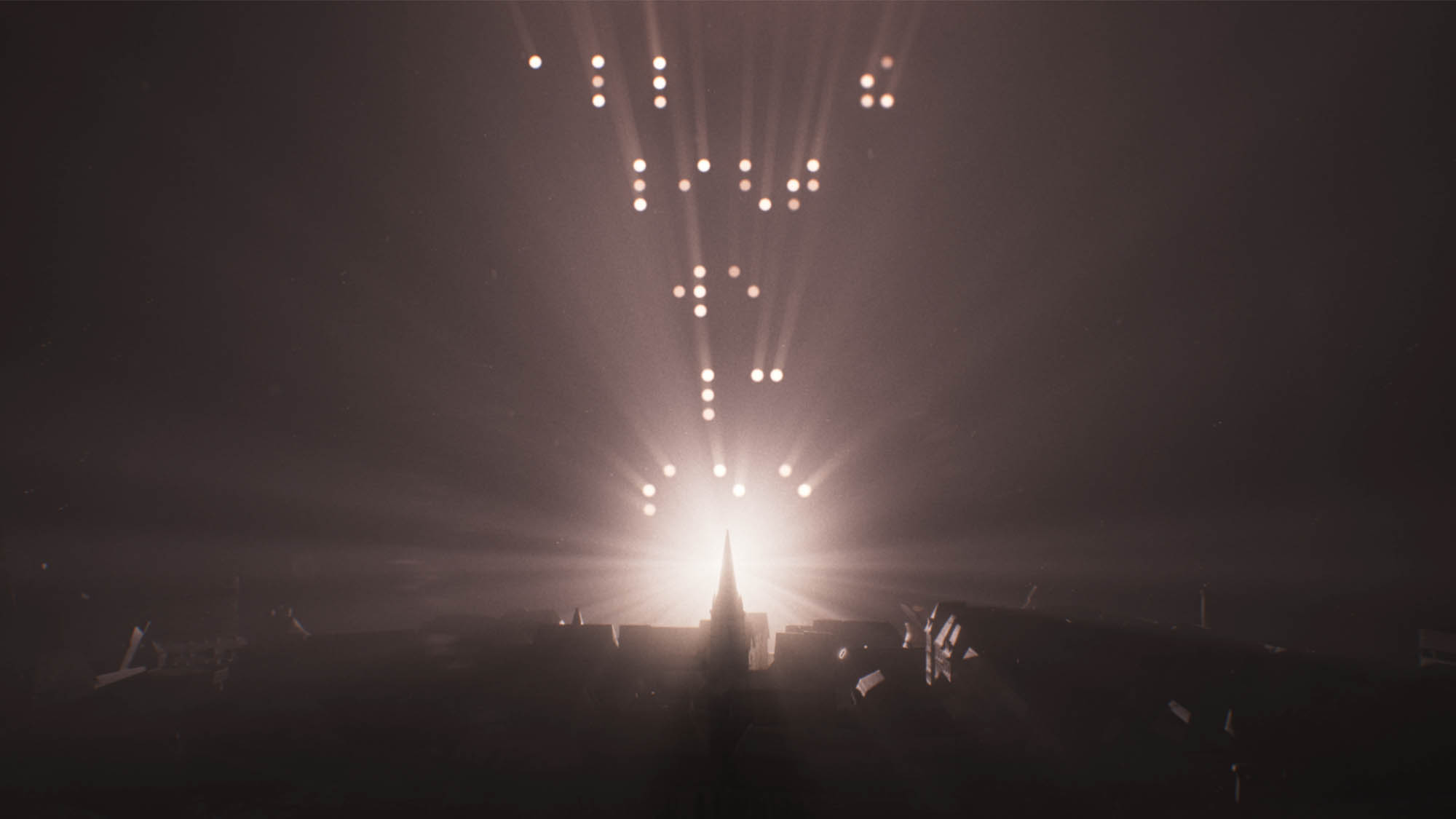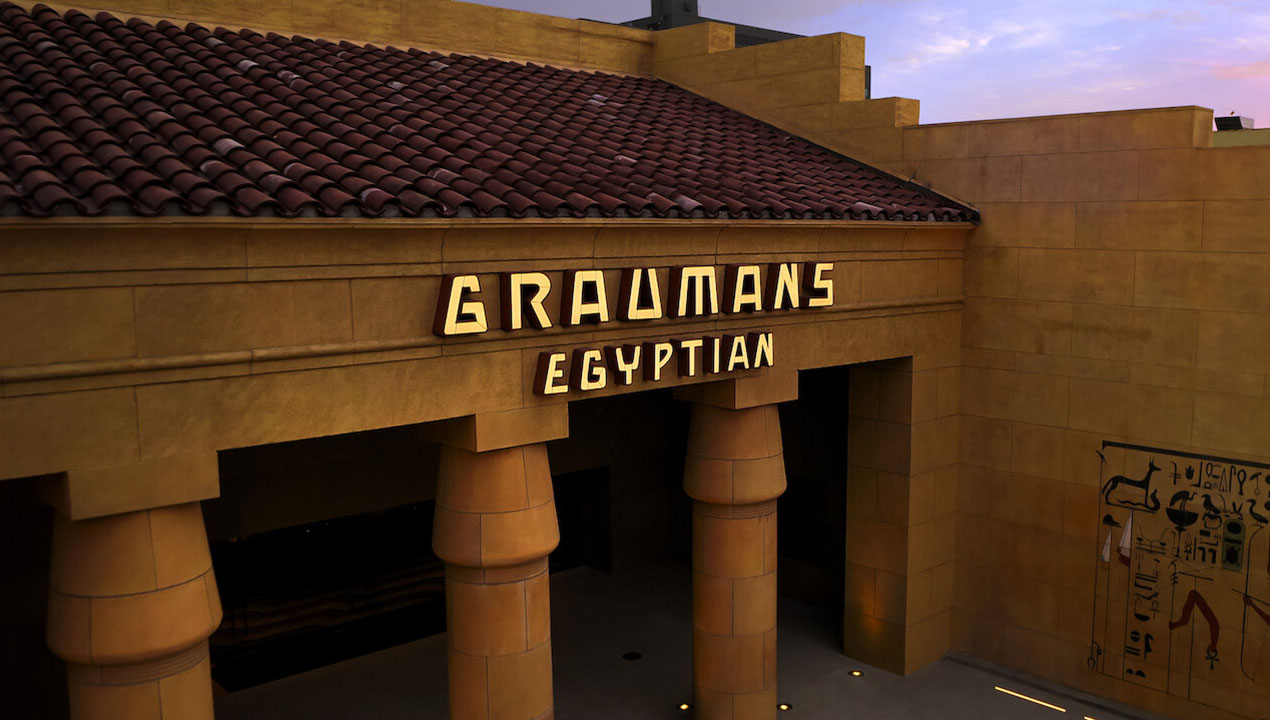How Elastic Designers Used Simplicity To Tell A Story In The Title Sequence Of All The Light We Cannot See For Netflix

When Elastic was tapped by Director Shawn Levy and Netflix to create a title sequence for All The Light We Cannot See, a new WWII drama series based on the Pulitzer-winning bestseller novel by Anthony Doerr, Creative Director Duncan Elms and his team dove right into exploring how best to tell such a poetic story in one short sequence. We chatted with Duncan about landing on the winning pitch, finding an essential balance between simple elements, and what it took to imbue the sequence with a sense of humanity.
Tell us about your approach to creating the title sequence for All The Light We Cannot See.
Duncan: Sometimes we get a new brief for a job that’s totally open ended, and sometimes the client has specific references or ideas. In this case, they were somewhere in the middle: they had the wooden model of the city from the show and they knew they wanted to use that somehow, but they wanted ideas on how we could stylize it and use it to tell a story. It was all about how we could tell a beautiful, poetic story utilizing the wooden model of the city.

Tell us about some of the ideas you pitched. What went into those pitches, and which one was ultimately the favorite?
Duncan: We ended up pitching a number of different ideas on how to treat the aesthetic and how the narrative could play out with the model. One example we pitched was starting in macro on the details and then slowly pulling back with the camera and revealing the city with light, studying the textures and imperfections along the way. Another idea revolved around the Sea of Flames, which is a priceless diamond hidden in one of the buildings in the show. At first we had the idea that the gem could rise out and be a key part of the narrative of the sequence, so we pitched a few ideas that included that. Other ideas spoke more to the characters — for example, the main character conducts radio broadcasts and is always after new knowledge, so there were some pitches that included textual details of mathematics or science floating in the air.
Ultimately, they liked a pitch that was similar to that macro approach: the sequence starts up close on a piece of the model, and the camera gets gradually wider. As that’s happening, light also begins filtering in to reveal more of the city. It works as a metaphor for the main character visualizing the town — as she is blind, she uses the wooden model to see the city in her mind’s eye. The light that we see in the sequence is almost like her running her hands along the model.

How did you achieve the effects seen in the sequence?
Duncan: We have really talented modelers and sculptors who helped us create the wooden model. We wanted to be able to get super close, but we didn't have time to build the whole city to a high level of detail, so we worked out which buildings we would be close up on at different times. The team ended up modeling four hero houses that could then be used to create most of the close up and mid shots of the houses. We also had a lower detail version of the whole city that you can see in wider shots. One piece of feedback that we received after the initial pitch was that they wanted to see more humanity. To add more of that in, we started building out props to represent the different characters, like a ball tip cane, woodworking tools, a microphone, or a wine glass. In that way we were able to tell a human story as well.

What about the process of creating this sequence was the most challenging for you?
Duncan: There were really only a couple of ingredients — the wooden city model and light — so we had to be really intentional about how we used them. It was a challenge but also a pleasure to make a whole sequence out of just those elements, and to try to encapsulate the whole story. The light was a balancing act as well, since we wanted the lights to slowly reveal the city but also wanted more ambient light slowly coming through, like a new day was rising. We had to strike a balance between a cinematic, moody, and hopeful tone through the light.
We also had the show title provided to us translated into braille, and we initially wanted it to line up nicely with the letters of the main title. That was a challenge to get it to totally match up, because the number of characters in a braille word don’t always align with the number of letters in an english word. We wanted to respect the braille characters while making it aesthetically pleasing, which took some time but is something we managed to achieve in the end.

What was it like to work with the team on this sequence?
Duncan: We had an amazing team on the project, from the pitch right through to delivery. We had experts on each level, from the designers to the animators to the editor, all working in tandem to create this sequence and find the balance we were all aiming for. The client really trusted our vision too — they let us do our thing and were happy with what we were doing. Big shout out to Shawn Levy and his team! We’re proud to have worked with them and to have been a part of this.
Are there any moments or specific parts of the sequence that you created that you're particularly proud of?
Duncan: For me, it comes back to the core challenge, which was creating a narrative with just a few small ingredients. That we were able to tell a symbolic story of hope and optimism with this minute set feels like an achievement we can all be happy with.
Watch the title sequence for All The Light We Cannot See below.
CREDITS
Client: Netflix with Shawn Levy
Design Studio: Elastic
Creative Director: Duncan Elms
Editor: Jessica Ledeoux
3D Designers: Ethem Cem, Gryun Kim, Kennon Fleisher, Hyunsup Ahn, Ugur Baltepe, Felix Soletic, Renato Marques
3D Animators: Gryun Kim, Hyunsup Ahn, Gabriel Perez
3D Modelers: Jose Limon, Joe Paniagua, Mike Dupree
2D Designers: Sky Bird, Lynn Kim
2D Animators: Cindy SooHoo, Chris Salvador, Steven Do
Color Pipeline TD: Andrew Young
CG Lead: Andy Wilkoff
Sr. Producer: Michael Ross
Production Coordinator: Angela Shin
Head of Production: Paul Makowski
Executive Producer: Kate Berry
Managing Director: Jennifer Sofio Hall
